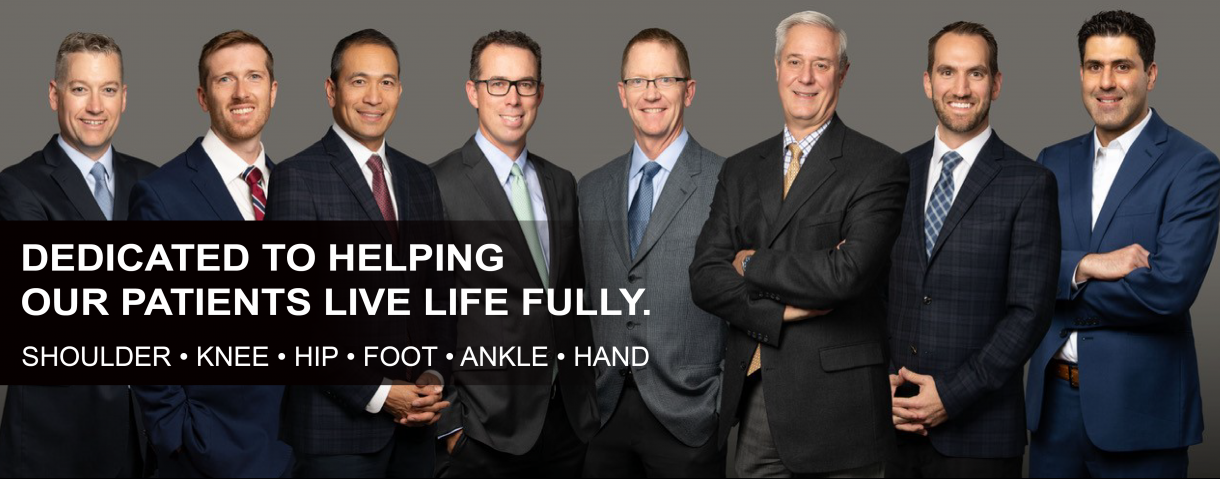Meniscal tears are a common knee injury that affect people of all ages and athletes alike. A torn meniscus can seriously impair a person’s mobility and quality of life, whether it is the consequence of an abrupt twist during a sporting event or the slow deterioration that occurs with aging. We’ll examine the meniscus’s anatomy, look at meniscal tears’ symptoms, and talk about various treatments for this frequent condition in this blog article.
Understanding the Meniscus:
The meniscus, which consists of two C-shaped cartilage discs situated between the shinbone (tibia) and the thigh bone (femur), is an important component of the knee joint. By acting as shock absorbers, these discs serve to equally distribute weight during movement and cushion the knee. Meniscus A and B, which are located on the outside and inside of the knee, respectively, function in tandem to stabilize and support the joint.
Symptoms of Meniscal Tears:
A meniscus tear can cause a variety of symptoms, such as the following:
Pain: People who have a meniscal tear frequently feel pain, especially when they bend or twist their knee.
Swelling: The inflammation brought on by the injury may cause the knee to swell and become sensitive to the touch.
Stiffness: It may be challenging to completely extend or flex the leg due to stiffness in the knee joint caused by a torn meniscus.
Movement Difficulties: Simple tasks like getting up from a chair or climbing and descending stairs might become difficult and uncomfortable.
Locking Sensation: A torn meniscus can occasionally result in a knee that locks or catches, making it challenging to move the joint freely.
Treatment Options:
The degree of the injury, the patient’s age and activity level, and any underlying knee disorders all play a role in how meniscal tears are managed. Possible course of treatment options include:
Ice and rest: Initially, using ice and resting the knee might help lessen the discomfort and swelling brought on by the injury.
Physical therapy: Improving knee function and mobility can be achieved with an organized physical therapy program that emphasizes stretching and strengthening exercises.
Non-Steroidal Anti-Inflammatory Medicines (NSAIDs): Over-the-counter drugs like naproxen or ibuprofen can help reduce inflammation and discomfort.
Corticosteroid Injections: To offer momentary relief from pain and edema, corticosteroid injections may be suggested in certain circumstances.
Arthroscopy Surgery: To repair or remove the damaged tissue in cases of severe or persistent meniscal tears, arthroscopy surgery may be required. An arthroscope, a tiny camera, is placed into the knee joint during this minimally invasive treatment, which enables the surgeon to see and repair the problem.
Recuperation and Rehabilitative Activities:
Rehabilitation is essential for both regaining knee function and avoiding further injuries after therapy. Strength, flexibility, and balance-based physical therapy exercises can assist to increase joint stability and muscle tone. Under the supervision of a medical practitioner, gradually getting back into sports and activities can assist to guarantee a quick and safe recovery.
In summary, meniscal tears are a frequent knee injury that can impair everyday activities and athletic performance due to pain and discomfort. People may manage and recover from this common orthopedic ailment by being aware of the meniscus’s architecture, identifying the signs of a tear, and investigating available treatments. In order to maximize results and foster long-term knee health, prompt medical treatment is crucial, regardless of whether conservative therapy or surgical intervention is used.







Leave a Reply